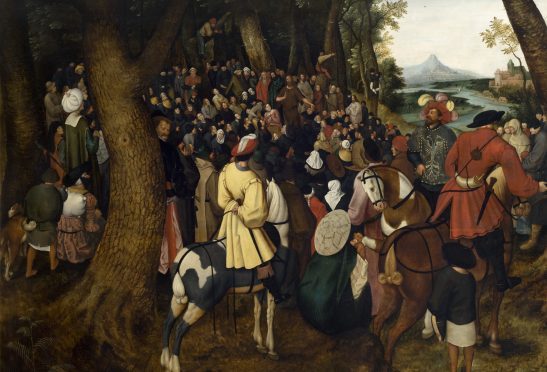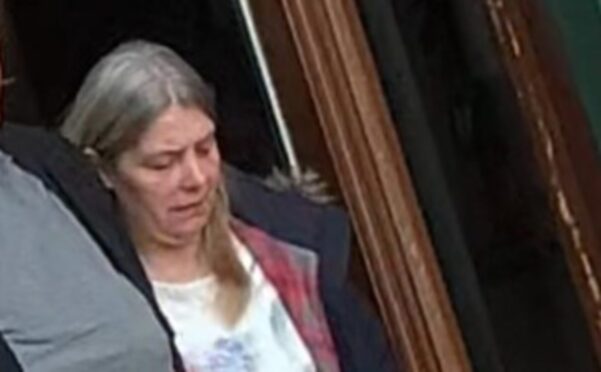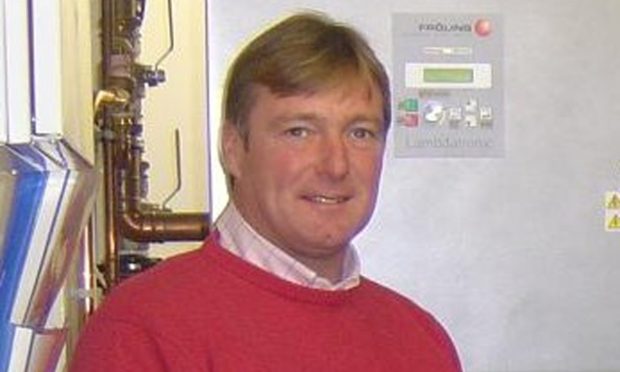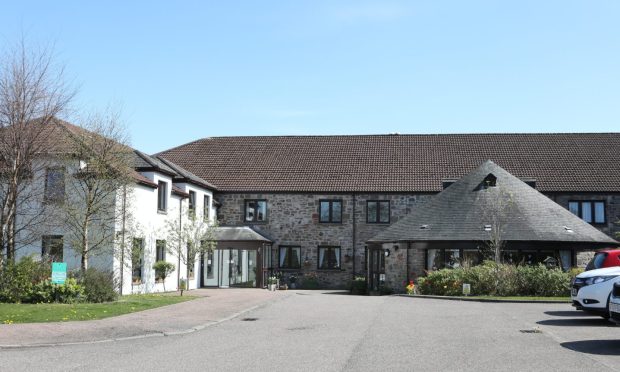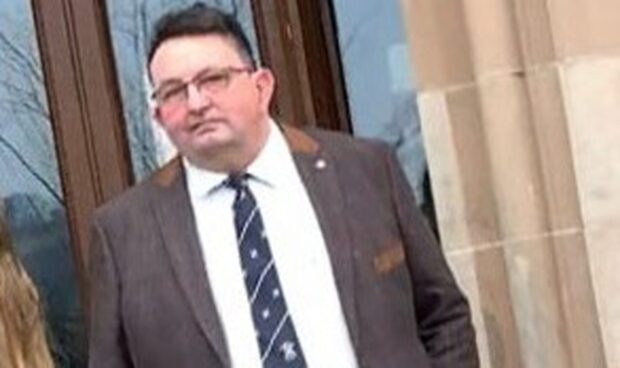In a nation famed for its art treasures, the sheer beauty of the sculpture before me remains imprinted in my mind all these years on.
A sensational piece of the most exquisite proportions; hewn from a solid block, perfection from every angle and each line of its mesmerising, naked form the ultimate expression of a master’s talent.
An icon of an Italian renaissance. The renaissance of Il Cavallino Rampante.
The location was neither Milan nor Florence, but the small town of Maranello and on its plinth in the home of the Prancing Horse was the Ferrari flat-12 powerplant which carried Niki Lauda to the first of his three Formula One World Championships in 1975.
That’s the thing about art. One man’s racing car engine is another’s David.
Art stirs emotion and the mere suggestion that Angus might cash in on its most valuable treasures has most certainly done that.
The 400-year-old Brueghels hang in Arbroath library and the idea the Flemish masterpieces could be sold off to produce a £4million-sized pill to ease the council’s thumping financial headache has left folk fair discombobulated.
For a number of reasons I don’t believe that will happen.
Despite once being engaged in conversation about Forfar bridies on the plains of the Masai Mara by a fellow tourist who saw Osnaburg on the Loons shirt I wore, I can safely say that never – home or abroad – has the combination of Dutch artwork and Angus cropped up.
That may be its own eloquent summary of a philistine who considers an internal combustion engine a work of art, but I’d wager that the closest the majority of Angus residents may get to Brueghel is Google.
As jewels in the crown of the Angus collection, Pieter the Younger’s works are at least on show for art lovers, old and new, to appreciate.
Which is more than can be said for pieces that will never see the light of an Angus exhibition and, at a time when we’re constantly being told that tough times require smarter thinking, is the sell-off debate perhaps one worth having?
